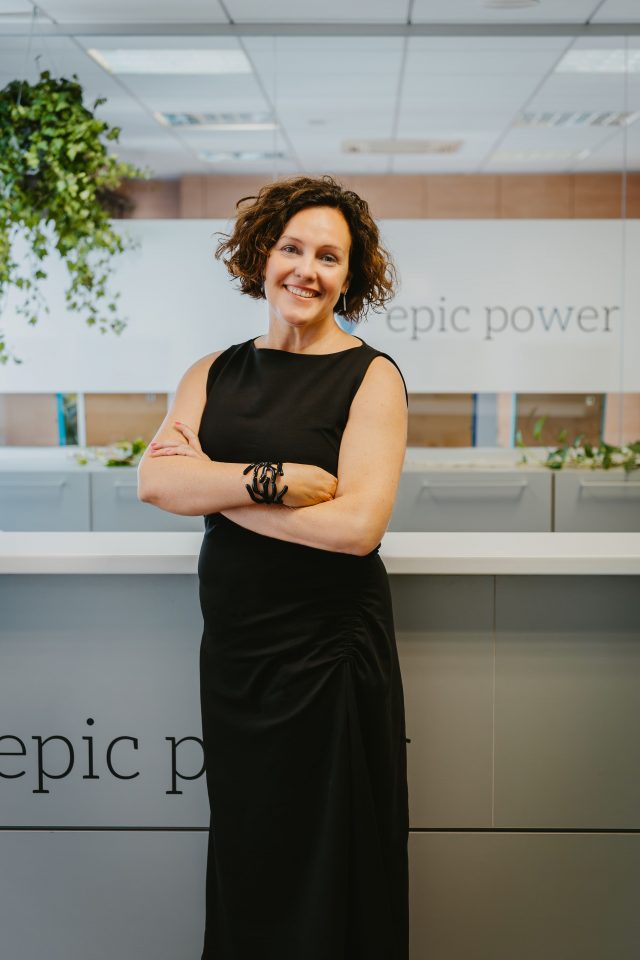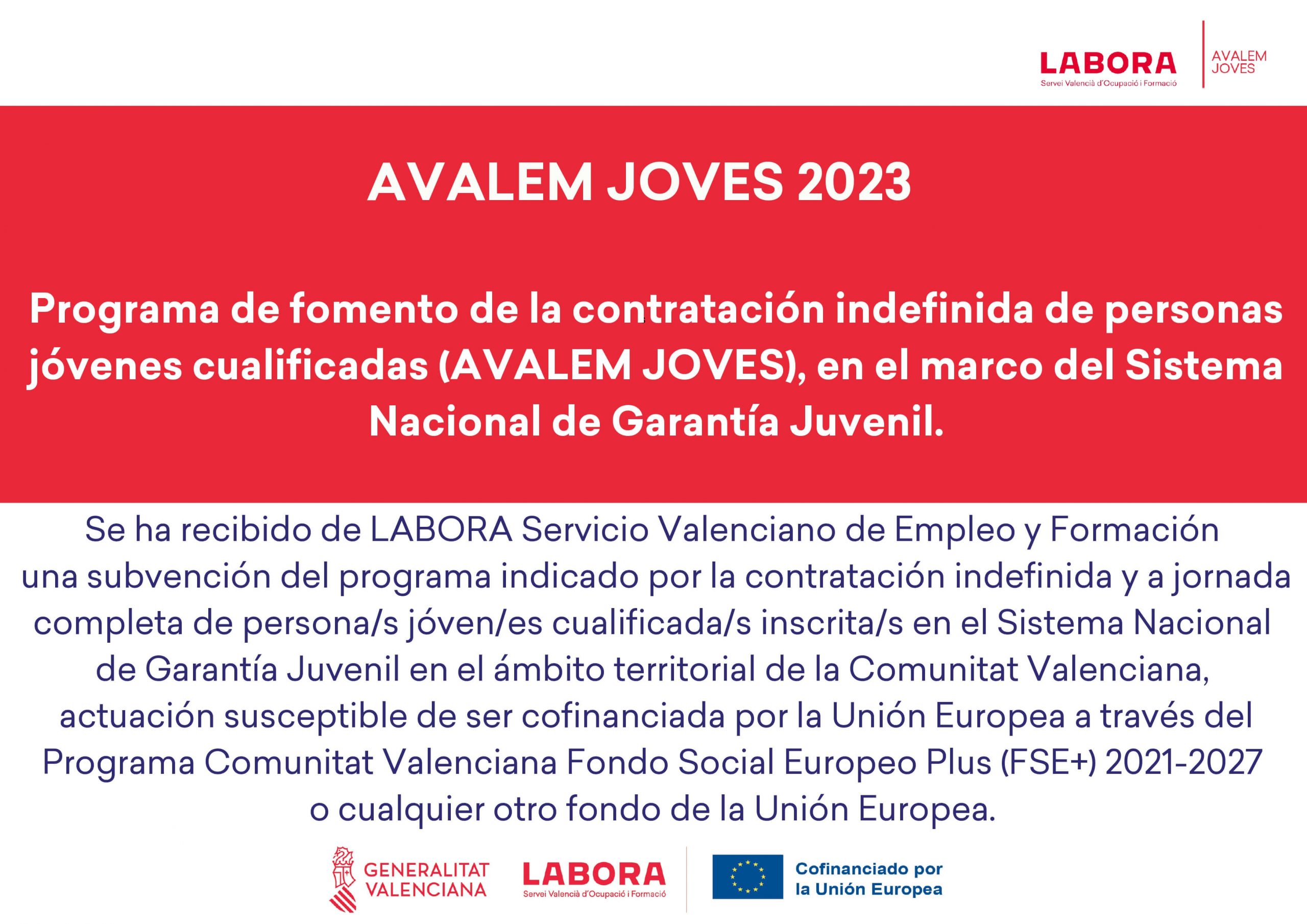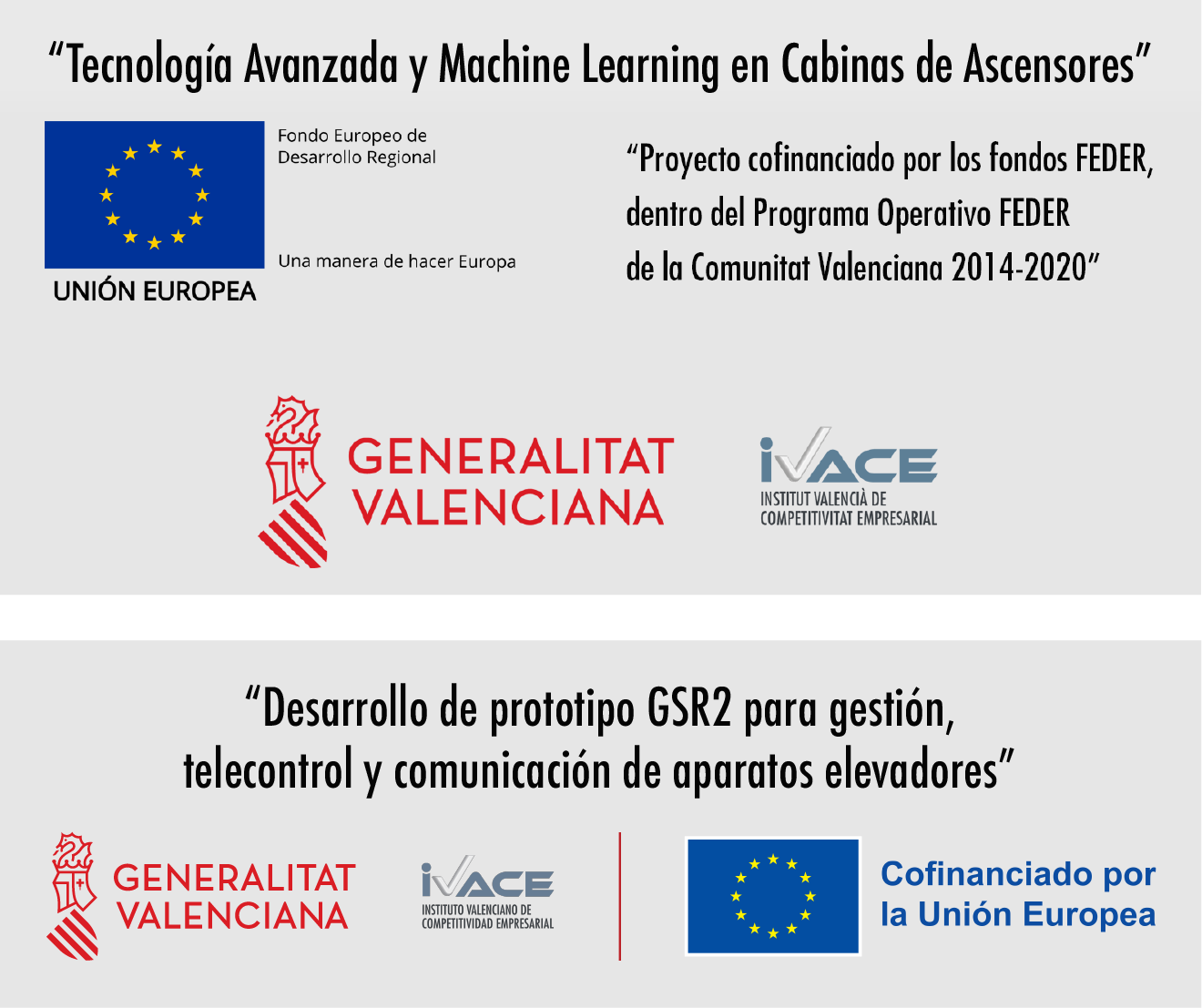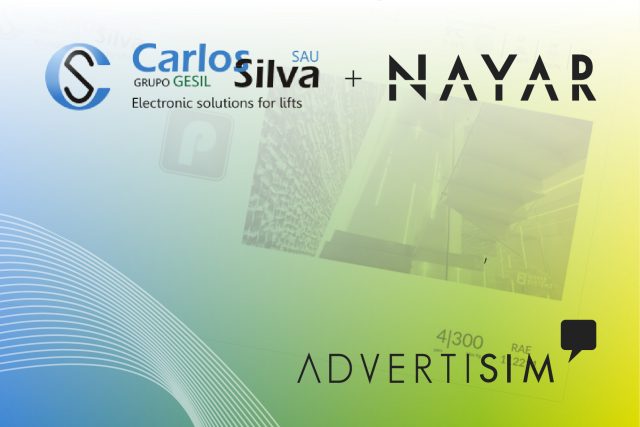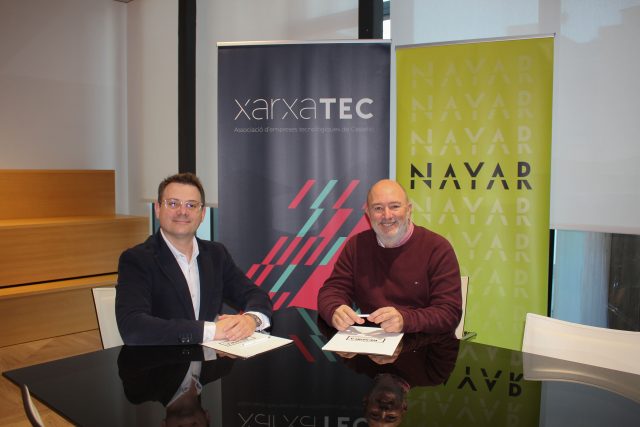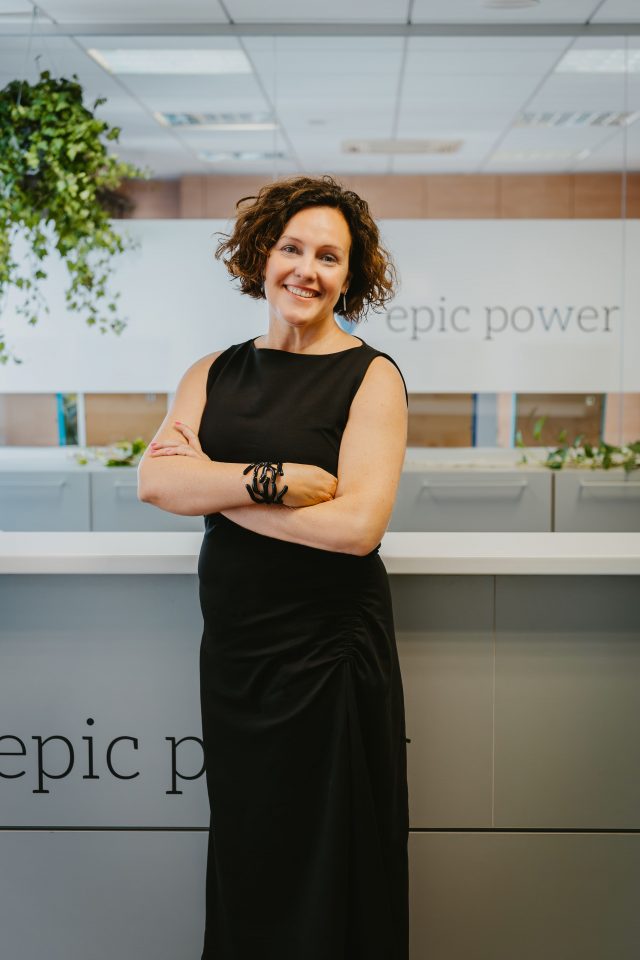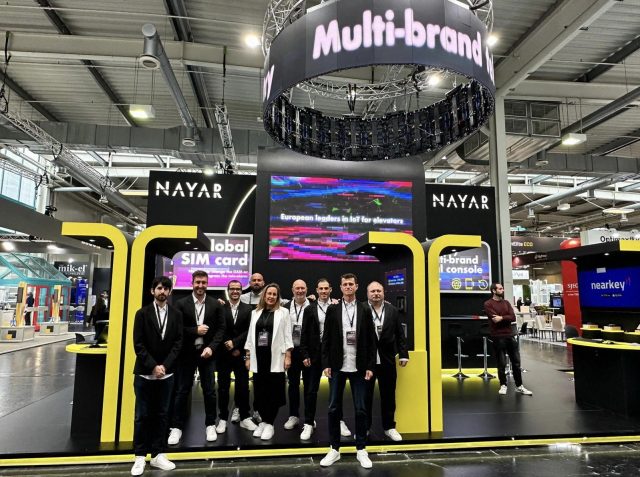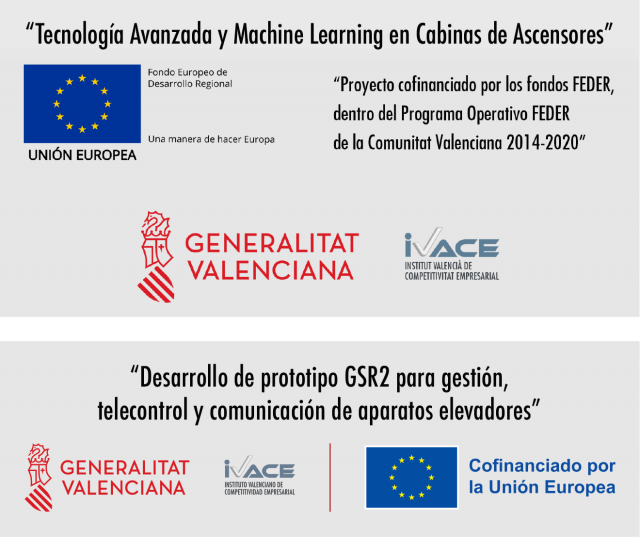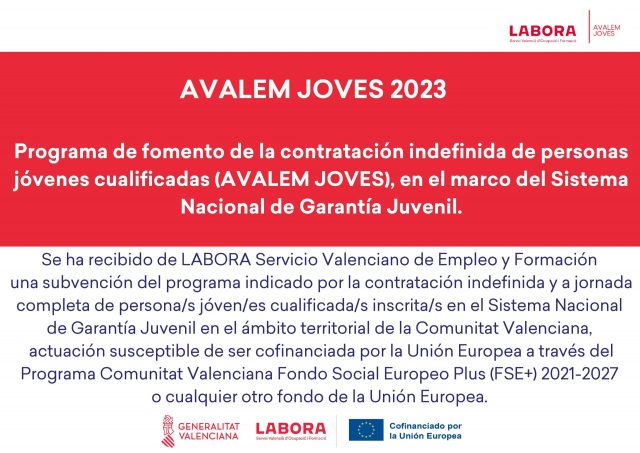Pilar is a professor of electronics at the University of Zaragoza, and founder and director of the university’s spin-off company, Epic Power, dedicated to industrial electronics.
PILAR MOLINA
What was the reason that led you to the world of science and technology?
My father was a civil engineer. Since I was a child, he used to take me to construction sites and explain things about layout and concrete. I always wanted to be an engineer. I find it exciting and a good way to contribute to the betterment of humanity.
Since your finished your studies in Telecommunication Engineering, your professional career has remained linked to the University of Zaragoza, as a teacher and researcher, but also as an entrepreneur with the birth of Epic Power Converters S.L., a spin-off of the university, in 2012. Tell us how you combine teaching, research and business, and which one you prefer the most.
I combine them like a juggler with five balls. Sometimes some of them fall to the ground… Above all, since I love all three facets and they contribute to me, I manage to do juggle them with many hours of work, a lot of organization, fantastic people around me, a lot of enthusiasm and energy, and not hesitating to ask for help when I can’t take it anymore. I have learned to disconnect completely in some moments that help me to recharge my batteries to the fullest.
During your professional career, you became president of the Spanish Section of the IEEE (Institute of Electrical and Electronic Engineers) professional organization. What kind of initiatives did you carry out during that period?
I believe that professional associations are key to make 1+1 become more than just 2 and I try, as far as I can, to contribute to promote the cooperative culture. The IEEE is an international association of engineers, with more than half a million members worldwide and I was for two years the visible head in Spain. During the time I was president we collaborated with other institutions such as professional associations (very similar in some respects to the IEEE but at the national level), we did initiatives with business schools such as IE Business School, we convened in Madrid IEEE meetings of all EMEA, one in particular of students, which was great, above all, to promote the exchange of such disparate cultures and diversity.
Increasing the female presence in the field of engineering is one of your focuses of interest; in fact, you are the author of the book: El mundo necesita ingenieras ¿Quieres ser una? Do you think that the lack of references and recognition of female talent are key reasons for women being a minority in technical studies? What is the role of the strong gender bias in education in the lack of female technical vocations?
I was always surprised that, being such a magnificent profession, there were not more women. So I have dedicated part of my efforts to try to find out why there are fewer with the aim of reversing this trend. After years of efforts together with my colleagues from AMIT – Aragon (Association of Women Researchers and Technologists in Aragon) we have realized that the gap opens at very early ages, even before high school. We organized the first Girls’ Day in Spain and now we are going further down, to primary school, with initiatives such as “An Engineer in every school” and the storybook 1001 Women Engineers, with stories and experiments aimed at the youngest. We don’t realize it, but there are many subtle social biases that keep girls away, first from mathematics and then from science and engineering. And that’s a shame, because there is a lot of value-added employment, because it’s a beautiful profession that contributes to society and, above all, because diversity in teams makes them stronger, more innovative and generates more value for the companies that have it. I recognize that it is difficult for companies in the sector to get more women in this type of technical positions, so we will have to start from the grassroots, and be creative in recruiting and recycling female talent from other sectors/fields.
EPIC POWER
How and why was Epic Power born? Tell us about your growth trajectory during this decade.
As a research group we were doing a collaborative project with an Aragonese company in the sector, which strategically decided not to diversify in this line at that time and passed the baton to us. It is true that what we do, power electronics, is not very common in the sector except for the case of variators and we launched a first product, the ERS (Energy Recovery System) that we really had to redo to make it simpler and cheaper before starting to succeed years after our founding in 2012. Then, thanks to being in the market, we launched the P2S product which allows any new or existing elevator, with any common drive, to be powered from batteries or from solar panels. The first years were hard, we had to reinvent ourselves and save the valley of death, and we were starting with a lot of things already done. From 2015, things really started to take off little by little. We are now a company with more than 20 employees, exporting to 38 countries and boasting of being a company from a “provincial industrial zone”. We have reached this point without outside investors, little by little, through hard work and humility, but always seeking to offer reliable and innovative solutions. We maintain a very active relationship with the University of Zaragoza and others to try to bring to the industry as soon as possible research results that add value to our customers.
Epic Power transforms any elevator to use energy in a smart way, taking advantage of energy storage and solar energy. How do you do it?
The technology that is really inside both the ERS product (which stores the braking energy in supercapacitors) and the P2S product (which powers a permanent magnet motor from either 48V batteries or from solar panels), is what is known as a bidirectional DC/DC (direct current/direct current) converter. It is a power electronics element that requires devices switching, “big” transistors switching between on/off, other magnetic and passive elements, and a very special control, with a lot of supporting knowledge, that allows this energy transformation to perform in a robust, accurate and practical way in the elevator application. Besides, knowledge of the elements that allow energy storage, supercapacitors, batteries of different types with their particular idiosyncrasies is important, making the products we offer easier to install.
You believe in “a future powered by direct current”. What kind of solutions does Epic Power offer to make this possible?
Epic Power has diversified a lot in the last 5 years. We sell DC solutions for many sectors such as intralogistics, energy storage, green hydrogen, electrification of the maritime sector and others, energy communities… our “blue boxes” allow us to transform energy into DC in a bidirectional way, we are a DC transformer and this today has multiple applications. We are looking forward to new innovative development projects in hydrogen cells (fuel cells) for electrification of different sectors and in applications for flow batteries, which are an interesting alternative for more sustainable stationary storage.
When did Epic Power start in the elevator sector and what are you currently working on to continue improving it through your technology? Do you have agreements with large companies in the sector to integrate your technology in elevators?
Our origin was the elevator, diversification came later. We started in projects for the sector before becoming a company, since 2007 or even before. And there is still a lot to do because until recently, almost nobody gave too much importance to how an elevator consumes energy or how much. You just plugged it into a three-phase power and it was ready to go. And this is changing. We have had to learn a lot about it and this knowledge is what we now call “energy intelligence” of the elevator. There are many new things that energy storage in electrical form can provide, and we are going to try to bring them to this sector, which is generally not very prone to risk or change. In that respect, the IoT, the name of this magazine is key to being able to carry out the introduction of energy improvements in the elevator. We are working on the “real-Zero” elevator. It is something that goes beyond the “net-Zero” concept, a net-zero CO2 elevator can be achieved (I exaggerate a bit) by planting trees around it. We want to go further.
As far as the big companies are concerned, we do what we can, like all the little guys in this market.
SUSTAINABLE TECHNOLOGY
Together with Beltrán Ascensores and Nayar as members of AECAE, the Cluster of the Association of Companies of Components for Lifting Devices, you developed in 2022 a monitoring and BigData architecture project in the management of energy consumption in elevators connected to batteries and solar generation systems as a source of energy. What can you tell us about it?
The project is a good example of what an organization like AECAE does, helping three companies in the sector, at different points of the value chain, to collaborate in innovation. Beltrán Ascensores has an important park of battery-powered elevators, enabled by our P2S system. We wanted this park to be monitored and, above all, to solve a major headache: when to change the batteries before they fail, but reaching the end of their useful life. With the developments of the project, the maintainer can know from home what is the health state of batteries.
You have been a member of the Power Electronics and Microelectronics Group, a reference research group of the Government of Aragon, which focuses mainly on efficient power conversion and transfer. What are the current lines of research in efficient energy conversion that you are working on?
New types of devices, better magnetic components that are more compact and efficient, improvements in the control electronics that allow less losses and more diverse applications, and different AI methods that contribute to applicability and strength. For example, we are now launching a research project for predictive maintenance of the converters themselves while improving their performance to make them more applicable to the green hydrogen sector.
It has been three years since the world as we knew it came to a standstill in the face of the severe COVID-19 global health crisis, worsening almost two years ago with Russia’s invasion of Ukraine. The economic effects have been far-reaching globally. From the energy point of view, what have been the consequences and how has it affected your business plans?
I would have to say (laughs) that, if the price of energy increases, those of us who oversee saving it, are doing well. In fact, we have seen the payback time of the equipment improve substantially, of course.
Apart from this anecdotal point, these recent crises have accelerated the global energy paradigm shift. There is a need for independence from fossil fuels, but it cannot be achieved only through solar and/or wind power, although these will undoubtedly increase. The return to hydrogen as an energy vector is still far from being an economically viable alternative in many cases, but obviously nothing can be achieved without investing in it. We cannot focus only on how energy is generated, but also, almost more importantly, how and how much is spent. That certainly affects the elevator as well and we hope to have something to offer in this regard.
From your position as a teacher, researcher, entrepreneur and leader of a technology company, how can we contribute to the achievement of the Sustainable Development Goals established within the 2030 Agenda?
To begin with, investing. It is good that attention is drawn to the SDGs and that today we are all aware of what they are and have them in mind. Almost nothing is achieved at zero cost, and the final burden will fall on companies and users, like almost everything else. And since we pay for it, we will demand it. And that will generate a virtuous circle that will take generations to complete. But come on, I think that, despite its many failures and torments, with a lot of inequality still to be overcome, humanity is enjoying an era that it is historically situated in one of the moments of greatest plenitude, justice and peace. So, we must be doing something right. Maybe it’s just that I always see the glass very, very full.
Do you think that nowadays companies are more aware of the importance of sustainable technology and place sustainability at the center of their corporate strategies to work on it transversally?
Some do, others are just facelifts, or are “forced” to do so. I see everything in the whole gray scale.
What do you see in store for us in the coming years in terms of sustainable technology? What is the future horizon for those technologies focused on the principles of sustainability?
Self-consumption will be widespread, which will bring with it the need for storage, which will have to be simplified and made cheaper. Energy storage will be applied to completely unsuspected things, since only with an energy buffer we can be “energetically intelligent”. As storage will be necessary, new methods will appear, I have even read about small desalinated water reservoirs in height, taking advantage of our orography and taking advantage of the hours of surplus. Of course, we will have to think “out-of-the-box” and invest in order to reduce costs. Just look at the price of lithium batteries or solar panels in recent decades. I am glad to know that Epic Power, as a provider of power electronics solutions, if we do it right, we will have plenty of work to do. And because we enjoy our work, we are looking forward to the next few years.
